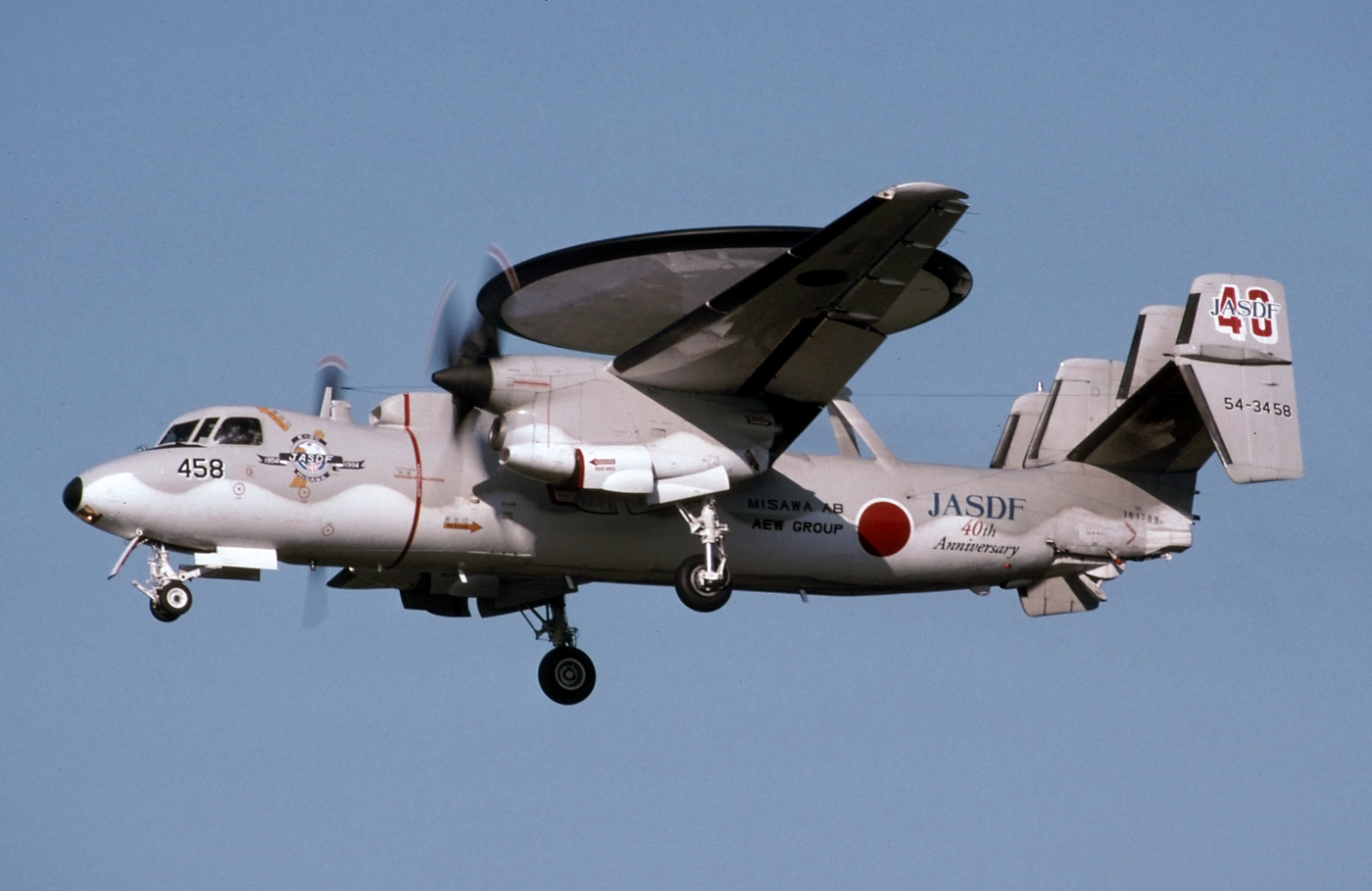Japan seeks five additional E-2D Advanced Hawkeye
The U.S. State Department authorized the possible sale of five E-2D Advanced Hawkeye early warning and control (AEW&C) aircraft to Japan.
The Defense Security Cooperation Agency (DSCA) informed that the potential operation would be carried out under the Foreign Military Sale (FMS) modality to the Government of Japan; for five E-2D and related equipment, for an estimated value of 1.381 million dollars.
According to a press release issued by the DSCA, the Japanese order would be made up as follows:
- 5 E-2D Advanced Hawkeye early warning and control (E-2D AEW&C) aircraft
- 12 T56-A-427A Engines (10 installed, 2 spares)
- 6 Multifunction Information Distribution System Joint Tactical Radio System Terminals (5 installed, 1 spare)
- 5 APY-9 radars (installed)
- 5 AN/AYK-27 Integrated Navigation Control and Display Systems (installed)
- 12 INS/GPS LN-251 navigation systems with anti-spoofing capability (10 installed, 2 spares)
- 6 ALQ-217 Electronic Support Measures Systems (5 installed, 1 spare)
Also included are aircraft ancillary equipment; modifications; spare and repair parts; support equipment; publications and technical documentation; software; personal protective equipment; personnel training and training equipment; transportation services; U.S. Government and contractor logistical, technical and engineering support services; and other items related to logistics and program support.
See also: The UK, Japan and Italy to develop next-generation fighter aircraft
The Hawkeye in Japan
The Japan Air Self-Defense Force (JASDF) has been a user of this model since 1983, when it acquired a first batch of 9 E-2C Hawkeye, becoming the second largest Hawkeye operator after the U.S. Navy. A second batch of 5 additional E-2Cs would follow. These aircraft would later be upgraded to the Hawkeye 2000 standard.

Starting in 2019, the JASDF began receiving the first E-2D Advanced Hawkeye to replace the aging E-2C fleet. The E-2Ds, by operating from the ground and being able to take off at a heavier weight, were able to incorporate additional fuel tanks, allowing them to increase their flight range to 8hs, compared to 5hs for a standard US. Navy.

/https://aviacionlinecdn.eleco.com.ar/media/2023/03/E-2D-JASDF-scaled.jpeg)
Para comentar, debés estar registradoPor favor, iniciá sesión